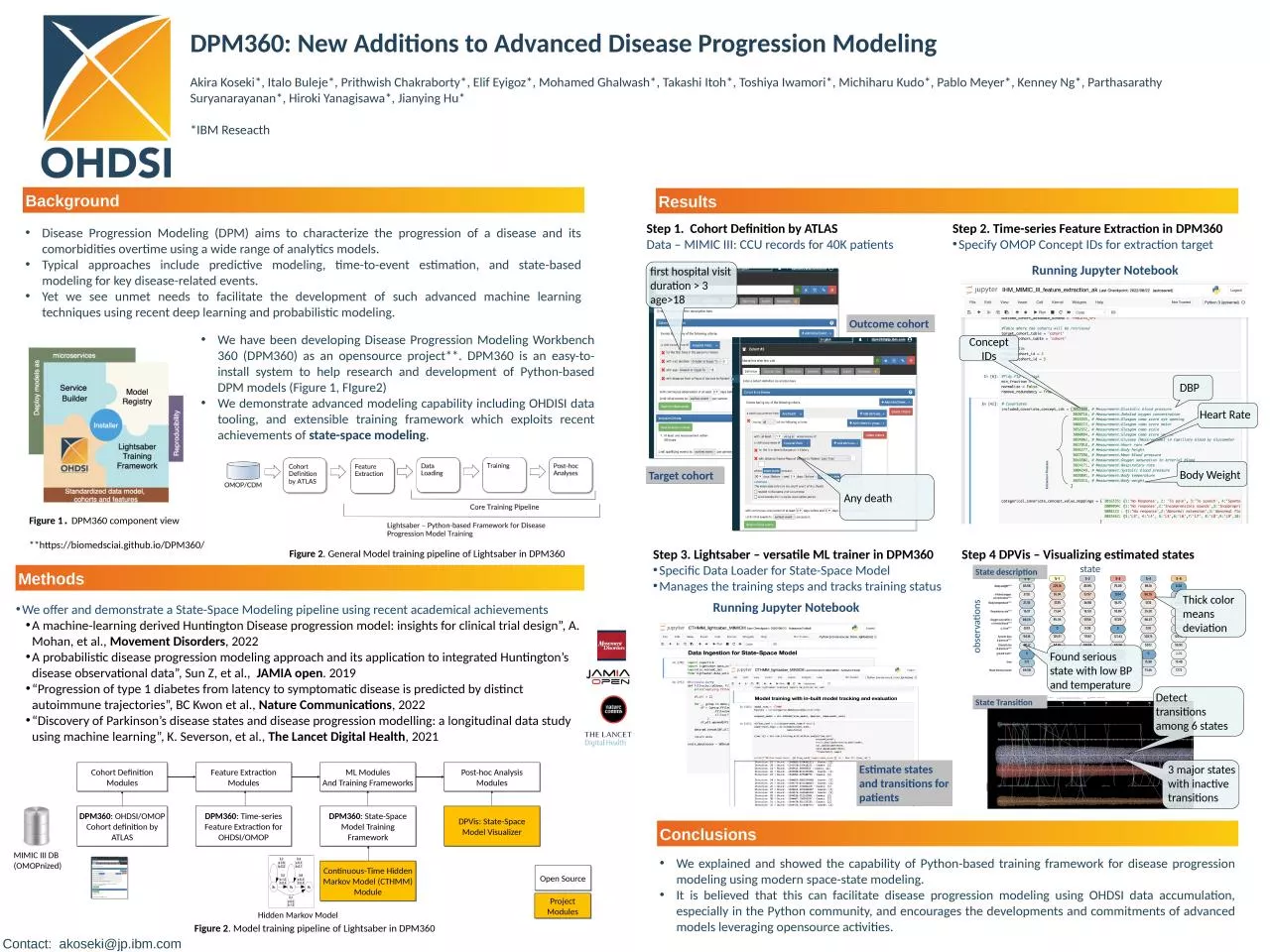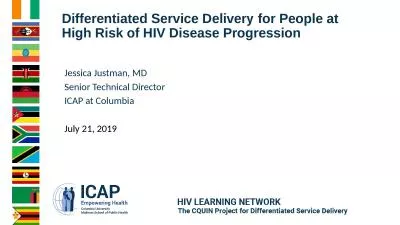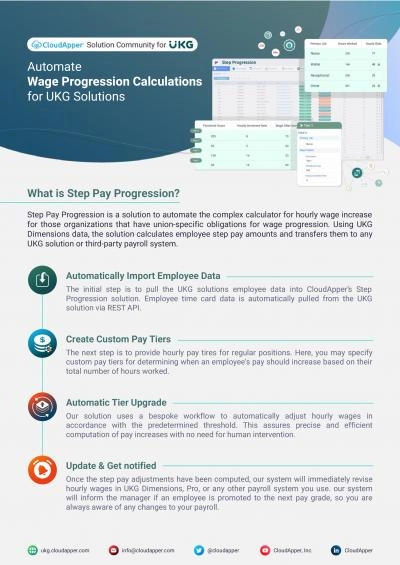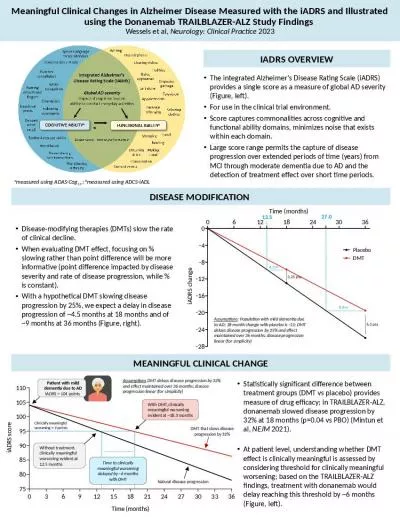PPT-DPM360: New Additions to Advanced Disease Progression Modeling
Author : catherine | Published Date : 2024-02-09
Akira Koseki Italo Buleje Prithwish Chakraborty Elif Eyigoz Mohamed Ghalwash Takashi Itoh Toshiya Iwamori Michiharu Kudo Pablo Meyer Kenney Ng Parthasarathy
Presentation Embed Code
Download Presentation
Download Presentation The PPT/PDF document "DPM360: New Additions to Advanced Diseas..." is the property of its rightful owner. Permission is granted to download and print the materials on this website for personal, non-commercial use only, and to display it on your personal computer provided you do not modify the materials and that you retain all copyright notices contained in the materials. By downloading content from our website, you accept the terms of this agreement.
DPM360: New Additions to Advanced Disease Progression Modeling: Transcript
Download Rules Of Document
"DPM360: New Additions to Advanced Disease Progression Modeling"The content belongs to its owner. You may download and print it for personal use, without modification, and keep all copyright notices. By downloading, you agree to these terms.
Related Documents














